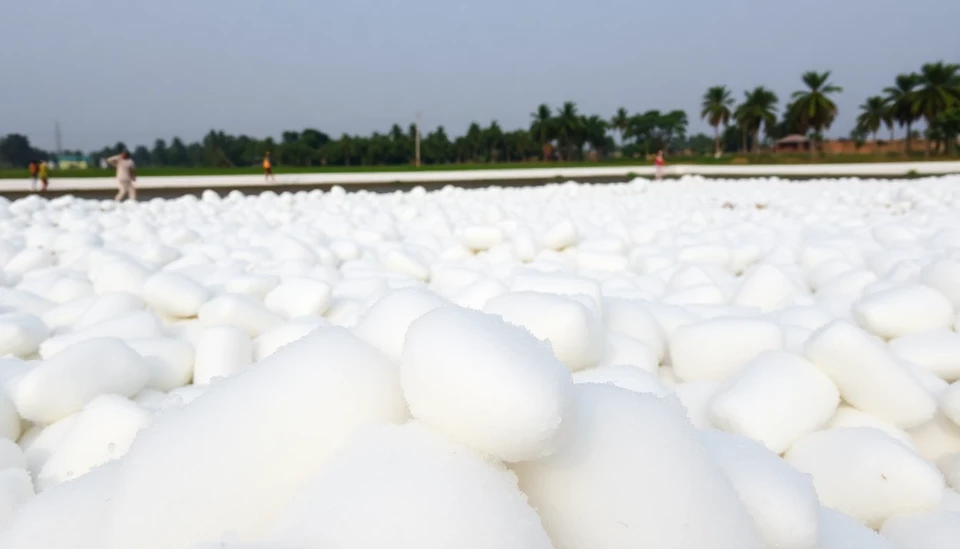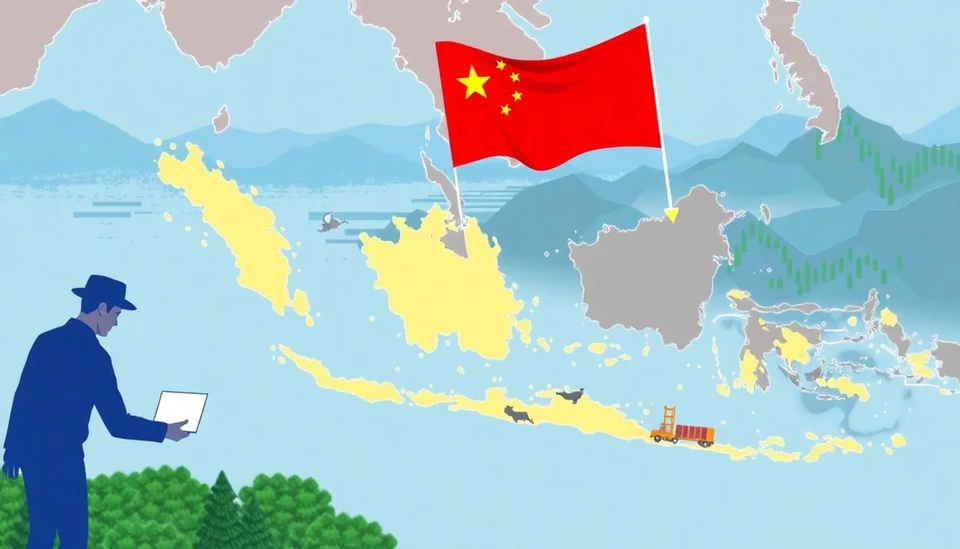
India, the second-largest sugar producer in the world, is poised to keep its sugar export quotas unchanged for the 2025 season, as the country's sugar inventory remains substantial and sufficient to meet both domestic and international demands. This decision underscores India's strong position in the global sugar market, fueled by favorable production conditions and stable supply chains.
The Indian government officially announced that the existing export quota of 6 million metric tons will be maintained. This strategic move aims to ensure that local sugar production adequately supports domestic consumption needs while also allowing for a consistent flow of sugar exports. Interestingly, India has emerged as a dominant player in international sugar markets, capitalizing on its ability to produce sugar at competitive prices.
India's sugar production has seen a significant uptick due to favorable weather conditions and the adoption of advanced agricultural practices. The country’s sugarcane yield has been bolstered, contributing to a robust sugar harvest. As a result, the government is confident that the present production levels can sustain both local demands and export commitments, thus promoting economic stability in the sector.
Additionally, this decision comes at a time when global sugar prices are experiencing volatility due to varying demand and supply dynamics across different countries. By stabilizing its export quotas, India not only aims to support its farmers but also to remain a reliable supplier in the international market during uncertain times.
Experts predict that maintaining the sugar export quota will have regional economic benefits, particularly for the agrarian communities that depend heavily on sugarcane cultivation. The income generated from exports will aid rural economies and empower farmers, encouraging further agricultural investments and sustainability practices.
Furthermore, with countries like Brazil and Thailand also competing in the sugar export arena, India’s decision is viewed as a strategic advantage that can help fortify its market position. By ensuring that its production is balanced with export activities, India can mitigate the risks of overproduction and price crashes that threaten farmers' livelihoods.
In summary, as the 2025 sugar export season approaches, all eyes are on India's steadfast approach to managing its sugar exports. This initiative is not only projected to secure economic benefits domestically but also to enhance India's international stature in agro-commodities, ultimately contributing to global sugar trade stability.
<>#> #India #SugarExport #Agriculture #Economy #GlobalMarkets #SugarProduction #Farmers #Sustainability #RuralEconomy #SugarTrade #<
Author: Daniel Foster




